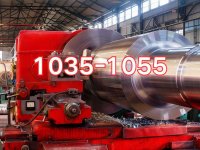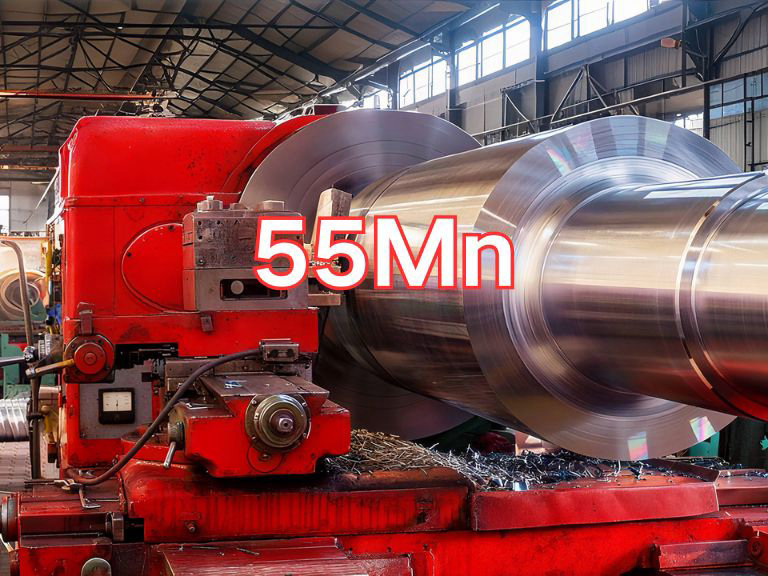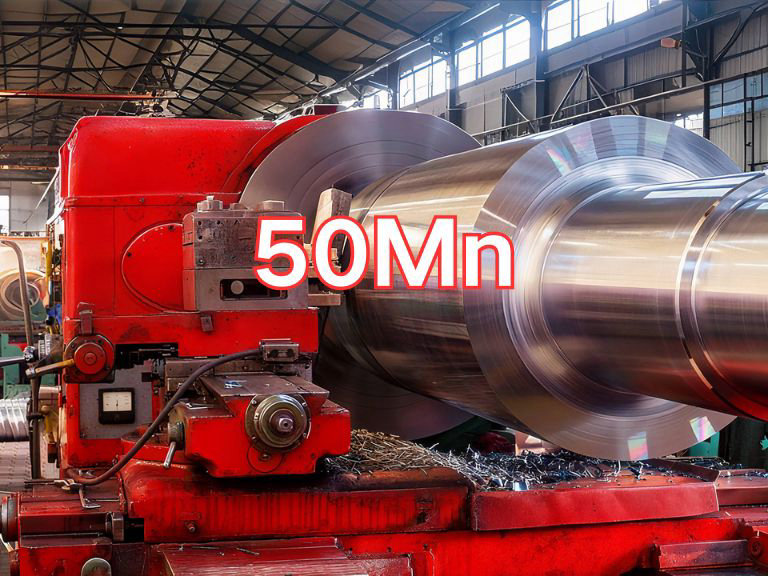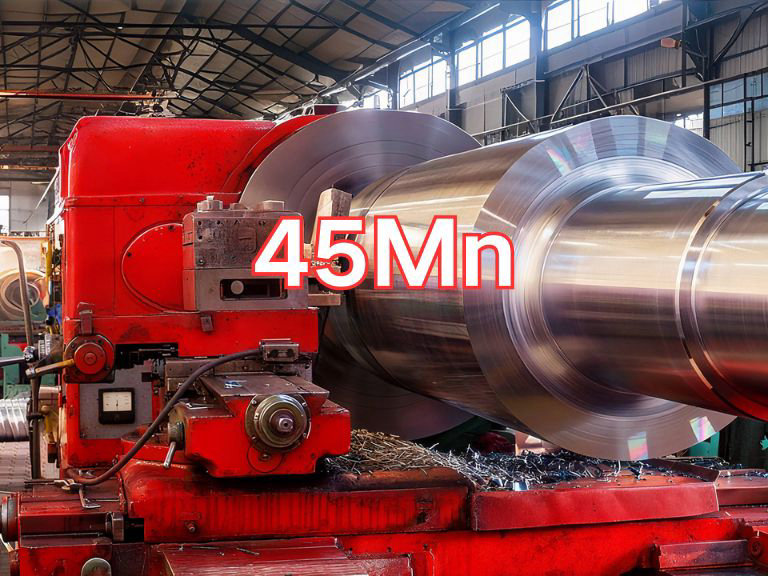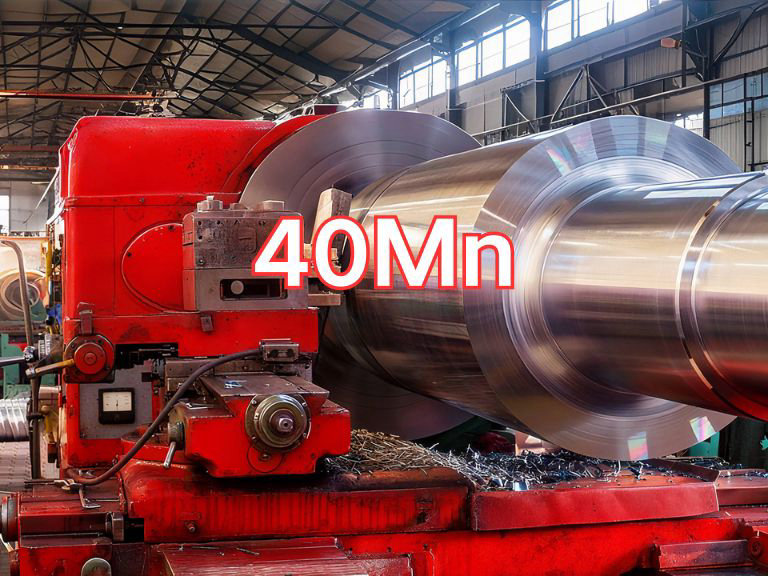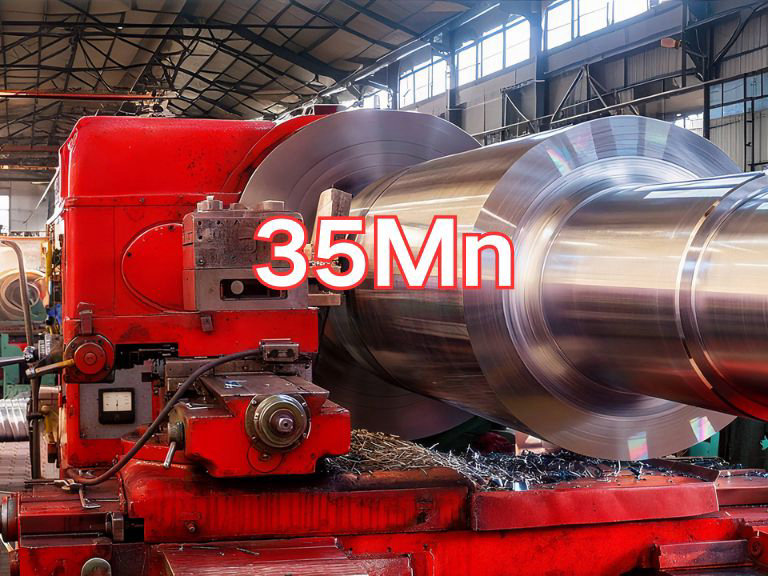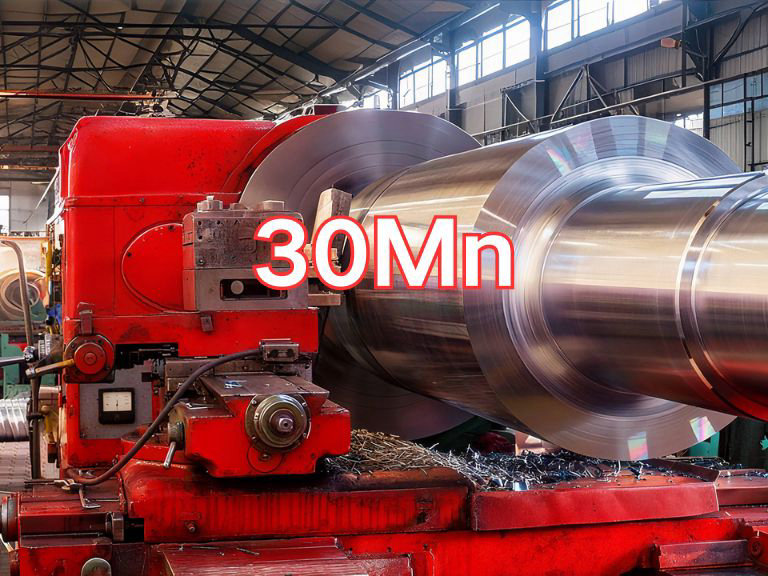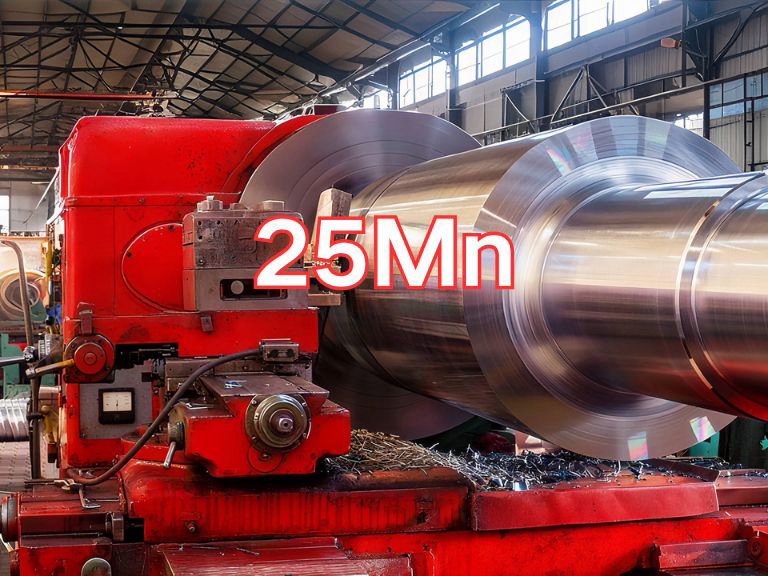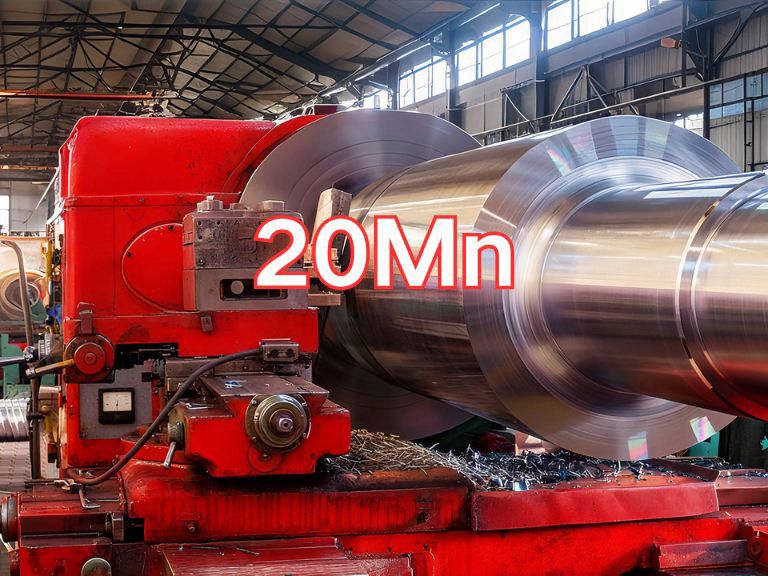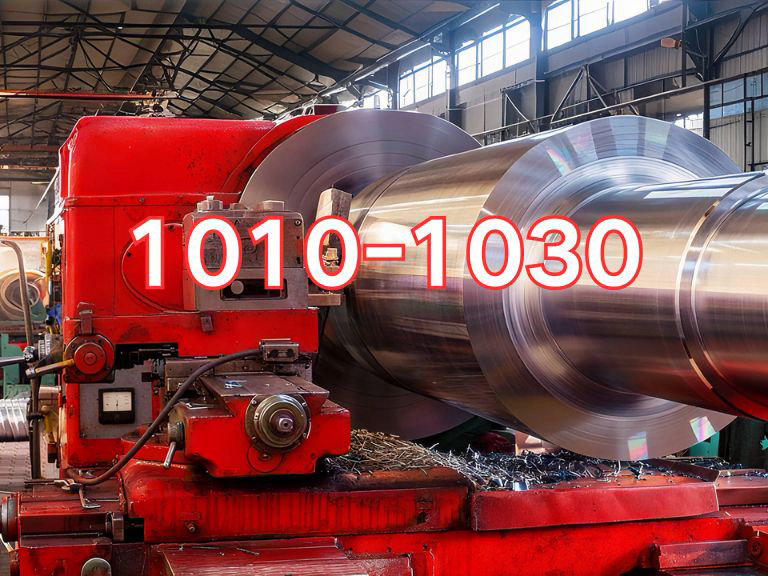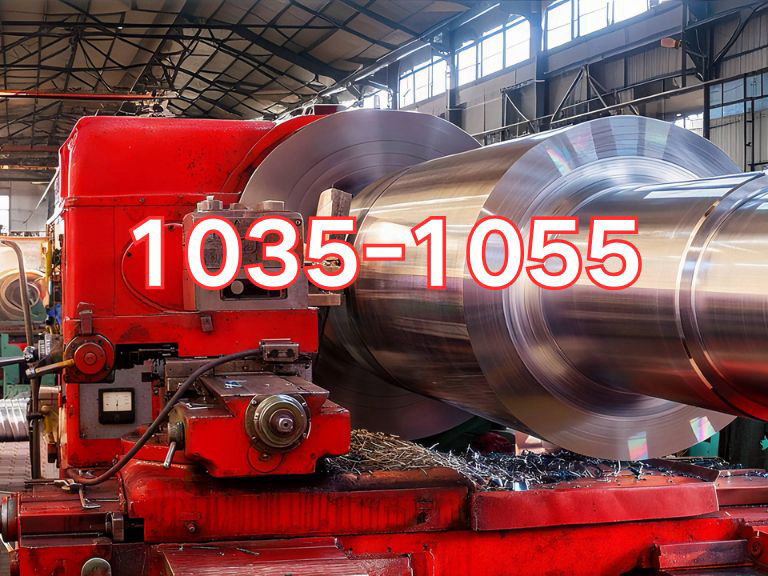

1035–1055 Series Steel Plates
1035, 1040, 1045, 1050, and 1055 are typical medium-carbon, high-quality carbon structural steels in the American AISI/SAE standard system. Their technical requirements are primarily governed by the current standards ASTM A830/A830M-22 "Standard Specification for Plates, Carbon Steel, Structural Quality" and ASTM A576-22 "Standard Specification for Steel Bars, Carbon, Hot-Wrought, Special Quality". This series belongs to non-alloy carbon steels, with designations following the AISI/SAE naming convention: "10" indicates plain carbon steel without additional alloying elements, and "XX" represents the average carbon content in hundredths of a percent (e.g., 1045 indicates a carbon content of approximately 0.45%). The common characteristics of these steels are: progressively increasing carbon content (approximately 0.35%–0.58%), classifying them as medium- to medium-high carbon steels with high strength and hardness, capable of achieving excellent comprehensive mechanical properties through heat treatment.
These steels exhibit good machinability in annealed or normalized conditions, but weldability decreases as carbon content increases. Preheating (200–350°C) and post-weld heat treatment are required to prevent cracking. Cold forming capability is poor, and deep drawing is generally not recommended. Their most outstanding feature is the ability to significantly enhance the balance of strength, hardness, and toughness through quenching and tempering, thus meeting performance requirements under complex operating conditions.
Primary applications focus on manufacturing mechanical parts and critical structural components subjected to medium to high loads, widely used in:
Machinery Manufacturing: Producing core components such as shafts (spindles, drive shafts, crankshafts), gears, connecting rods, bolts, and pins.
Automotive and Construction Machinery: Manufacturing key load-bearing parts like half-shafts, steering knuckles, connecting rods, and high-strength fasteners.
Energy and Heavy Industry: Used in oilfield machinery, pump and valve components, and wear-resistant parts for metallurgical equipment.
General Equipment: Fabricating high-strength frames, pressure vessel components, tools, and dies.
In summary, the 1035–1055 series steel plates are indispensable structural materials in the machinery industry, widely used to manufacture high-performance mechanical components thanks to their excellent heat treatability and high strength.
Distinctive Features of Each Grade:
1035: Carbon content ~0.32%–0.38%. Offers balanced strength and toughness with good machinability. Easily quenched and tempered for medium-load components like gears, shafts, and bolts. A cost-effective choice for general mechanical applications.
1040: Carbon content ~0.37%–0.44%. Slightly higher strength than 1035 with similar ductility. Provides reliable performance after heat treatment, suitable for spindles, pins, and medium-strength fasteners requiring improved wear resistance.
1045: Carbon content ~0.43%–0.50%. One of the most widely used medium-carbon steels. Delivers excellent strength-toughness balance after quenching and tempering. Ideal for critical parts like crankshafts, drive shafts, gears, and high-stress machinery components.
1050: Carbon content ~0.48%–0.55%. Higher strength and hardness than 1045. Suitable for applications demanding greater wear resistance and load capacity, such as heavy-duty shafts, rollers, and high-performance tools.
1055: Carbon content ~0.53%–0.60%. The highest carbon grade in this series, offering maximum strength and hardness. Best suited for highly stressed parts requiring surface hardening or where extreme wear resistance is needed, such as high-strength shafts, dies, and industrial blades.

Ultrasonic Testing (UT)
A key non-destructive testing technique that uses high-frequency sound waves to detect internal flaws in steel plates. The probe emits sound waves, which reflect when encountering defects such as cracks or inclusions. The receiver captures the echoes, enabling precise determination of defect location and size. With high sensitivity, strong penetration, and fast inspection speed, UT effectively ensures internal quality, widely used in the production of heavy plates, pressure vessel plates, and other high-end products to guarantee safety and reliability.

Magnetic Particle Testing (MT)
A common surface inspection method that magnetizes the workpiece, causing leakage magnetic fields at surface or near-surface defects like cracks or inclusions, which attract magnetic particles to form visible indications. Simple to operate and highly sensitive, MT is suitable for rapid inspection of surface and near-surface flaws in ferromagnetic materials, widely used for online or offline inspection of plate edges, ends, and welds, ensuring product quality and safety.

Penetrant Testing (PT)
A non-destructive method for detecting surface-breaking flaws. A penetrant liquid is applied to the cleaned steel surface, allowing it to seep into defects such as cracks or pores. After removing excess penetrant, a developer is applied, causing the trapped penetrant to bleed out and form visible indications. Simple and cost-effective, PT is suitable for inspecting surface defects in various non-porous materials, commonly used for welds, castings, and complex components, effectively ensuring surface quality of steel plates.

